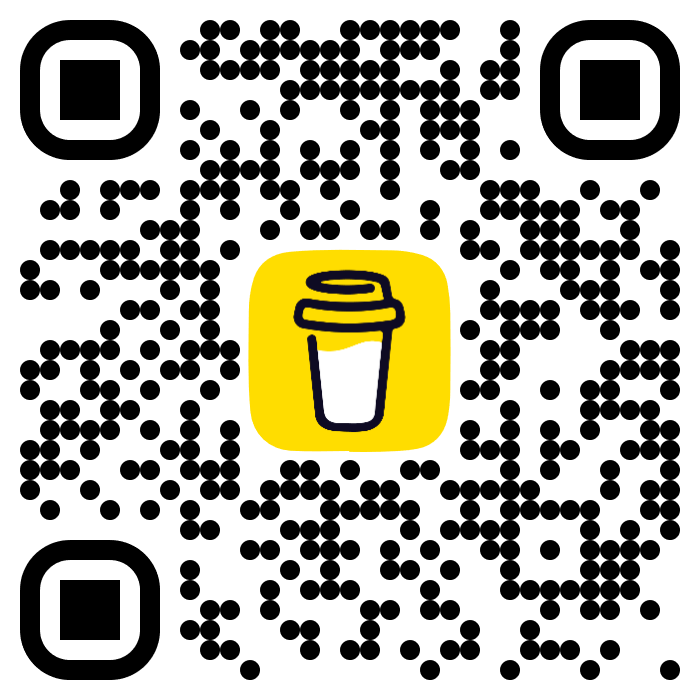Backscatter spam is a type of spam that occurs when a mail server sends a bounce message or non-delivery report (NDR) in response to a spam message that was sent to an invalid email address. The bounce message is then misdirected to the real owner of the email address, which can be annoying and disruptive.
How Does Backscatter Spam Work?
When a spam message is sent to an invalid email address, the mail server that receives the message will typically send a bounce message back to the sender. This bounce message will contain information about why the message was not delivered, such as the recipient’s email address being invalid or the mailbox being full.
If the sender of the spam message has spoofed the return address of the message, the bounce message will be sent to the real owner of the email address that was spoofed. This can be a problem because the bounce message will often contain the same content as the spam message, which can be annoying and disruptive to the recipient.
Why Is Backscatter Spam a Problem?
Backscatter spam can be a problem for a number of reasons. First, it can be annoying and disruptive to the recipient of the bounce message. Second, it can waste bandwidth and resources on the recipient’s mail server. Third, it can damage the reputation of the recipient’s email address, making it more likely to be blocked by spam filters.
How to Prevent Backscatter Spam
- SPF and DKIM
Sender Policy Framework (SPF) and DomainKeys Identified Mail (DKIM) are two widely adopted email authentication methods that can help prevent backscatter emails. SPF enables domain owners to specify which email servers are authorized to send emails on their behalf, while DKIM adds a digital signature to outgoing messages, verifying their authenticity. Implementing SPF and DKIM can significantly reduce the chances of spammers successfully forging email addresses.
- DMARC
Domain-based Message Authentication, Reporting, and Conformance (DMARC) build upon SPF and DKIM by providing an additional layer of email authentication. DMARC enables domain owners to define policies regarding the treatment of messages that fail SPF or DKIM checks. By configuring DMARC policies, organizations can instruct receiving servers to quarantine or reject emails that fail authentication, reducing the likelihood of backscatter emails.
- Bounce Handling Best Practices
To mitigate backscatter email, organizations can adopt certain bounce-handling best practices. These include configuring email servers to reject incoming bounce messages that are not related to emails sent from their domains. Additionally, employing advanced email filtering techniques can help identify and discard suspicious bounce messages, minimizing their impact on recipients’ inboxes.

How to Remove Yourself from a Backscatter Blacklist
If you have been blacklisted for backscatter spam, there are a few things you can do to get yourself removed. First, you should contact the blacklist and explain that you were not the sender of the spam message. Second, you should configure your mail server to reject spam messages instead of sending bounce messages. Third, you should monitor your mail server for any signs of spam activity.
Backscatter spam is a problem that can be annoying and disruptive to email users. However, there are a number of things that can be done to prevent backscatter spam. By following the tips in this blog post, you can help to protect your email address from backscatter spam.
Bijay Pokharel
Related posts
Recent Posts
Subscribe

Cybersecurity Newsletter
You have Successfully Subscribed!
Sign up for cybersecurity newsletter and get latest news updates delivered straight to your inbox. You are also consenting to our Privacy Policy and Terms of Use.





